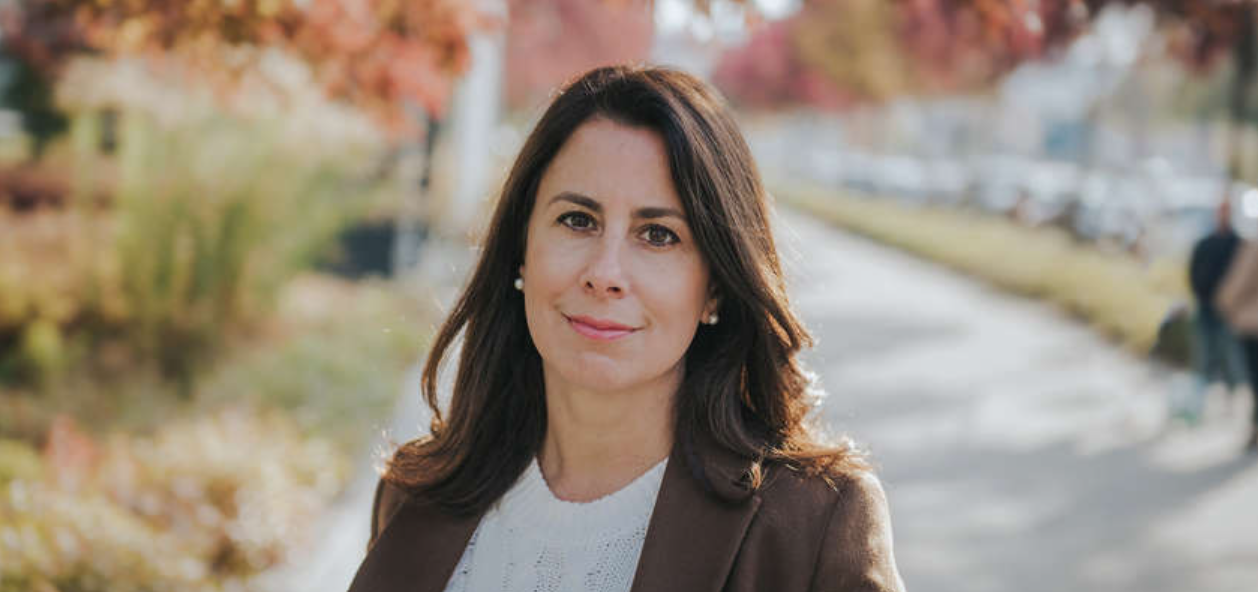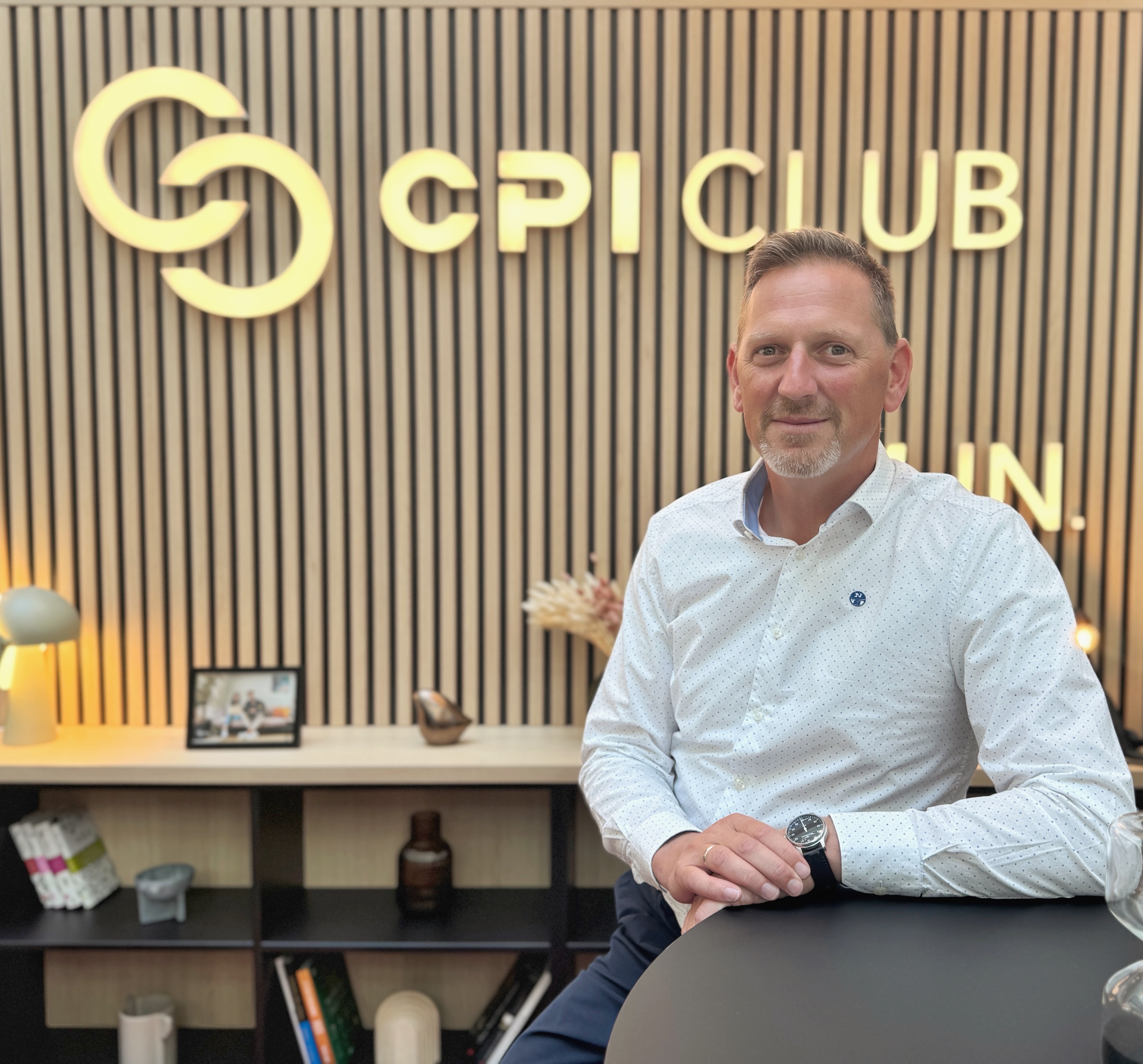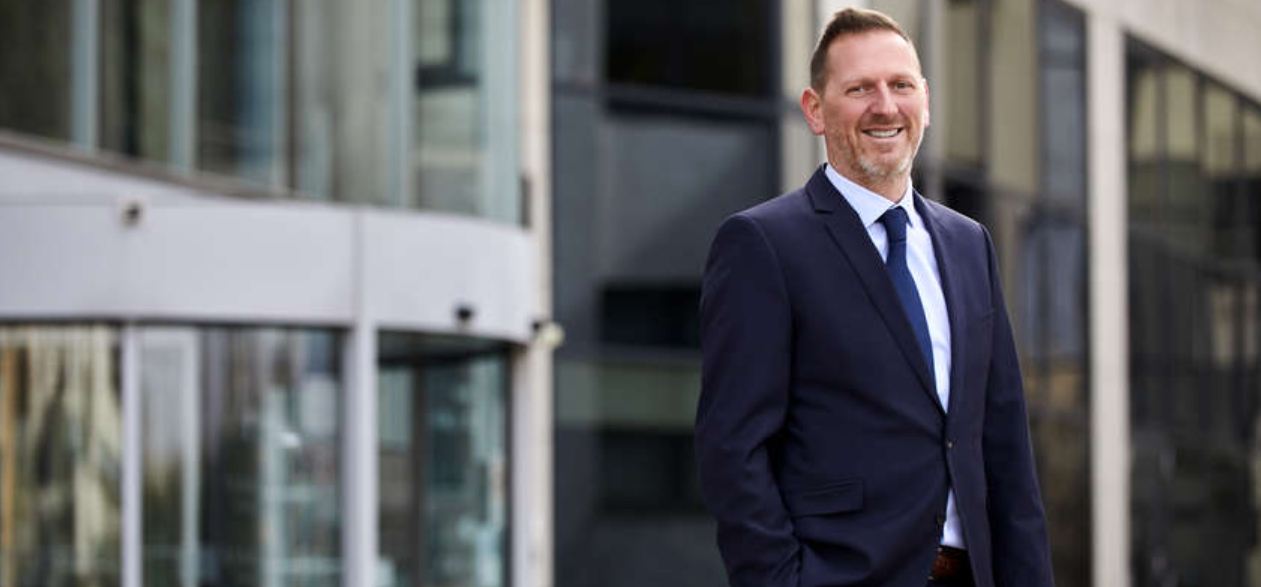BBJ: As an owner-operator, CPI’s core assets and structures of concrete, glass, bricks, and stone, but at their heart are people. Where does the balance of responsibilities lie between the builder, owner, operator, and tenant regarding the human dimension?
Bea Déri: It is important to note that human innovation and the related term, human design, are not new phenomena. The owner-operator always has the duty and responsibility to examine whether the human workforce using the building can operate efficiently in a particular environment. It is not enough to create beautiful and impressive spaces; those spaces must be assigned functions that help people’s efficiency. This guiding principle drives us whether it is about repositioning an existing office building or a new development. We believe that the well-being of the users and the inspiring environment created for them is one of the means of achieving tenant satisfaction. We genuinely believe in human- and experience-oriented environmentally friendly buildings.
BBJ: How much of what CPI does is your innovation, and how much is demand-driven from the tenant side?
BD: You can’t measure the ratio in numbers. From the tenant side, there is an increasing demand for human innovation efforts. In many cases, we learn from our tenants and their initiatives toward their employees. The range of services the office building provides to our tenants is also important from an HR point of view, and can even help their internal motivation system.
Many years ago, we realized that creating a human-centered working environment and maximizing well-being at the workplace plays an essential role. To facilitate all this, CPI Hungary developed and implemented the Human Innovation Program (HIP) in our innovative office buildings in Budapest. The HIP concept aims to make available services that facilitate everyday office life to the tenants of an office complex. The various elements of the service package help staff preserve their well-being, take care of their day-to-day needs and brighten up the usual office routine. We always keep the following motto in mind: “We spend a lot of time in our workplaces; therefore, it is essential to have possibilities and space to recharge ourselves.”
BBJ: What third-party certification do you seek, and why?
BD: The basic requirement for our buildings is green certification, such as Breeam. Besides this, we are committed to making our facilities accessible. We were the first in Hungary to get certified by Access4You. The company audits premises from the viewpoint of people with special needs, proposes improvements where necessary, rates the result of the audit, and provides a European certification for qualifying buildings.
BBJ: Given the increasing importance of sustainability, both from a regulation standpoint and from the demands of tenants and their staff, how is the balance tipping toward adding value to existing buildings rather than building new ones?
BD: We have always believed in long-term value creation. Indeed, value preservation is one of our main strategic objectives. This means that, in recent years, we have repositioned our older buildings based on a human-centered criteria system. In parallel, our excellent colleagues have examined the structures from an operational point of view. We have managed to carry out efficient building management improvements in our properties, as a result of which we reduced CO2 emissions and water consumption, and we are in the process of switching to 100% renewable energy sources by 2024.
BBJ: What are the trends now on work from the office, work from home, and hybrid? Do you expect this to evolve further over time?
BD: Trends change. Due to the current world situation, we cannot think that there are established trends that we can follow. It depends on the tenant how much capacity they offer employees for office work. We see that isolation is not good for anyone if the balance is tipped in favor of working from home. Based on our conversations with our tenants, most do not want colleagues to work mainly from home as, according to them, this comes at the expense of efficiency. What is also relevant for us is to examine the rental properties in terms of areas and function. Spaces and their uses have changed in recent years, employee habits and office space usage habits must also be re-examined.
This article was first published in the Budapest Business Journal print issue of October 21, 2022.







.jpg)



